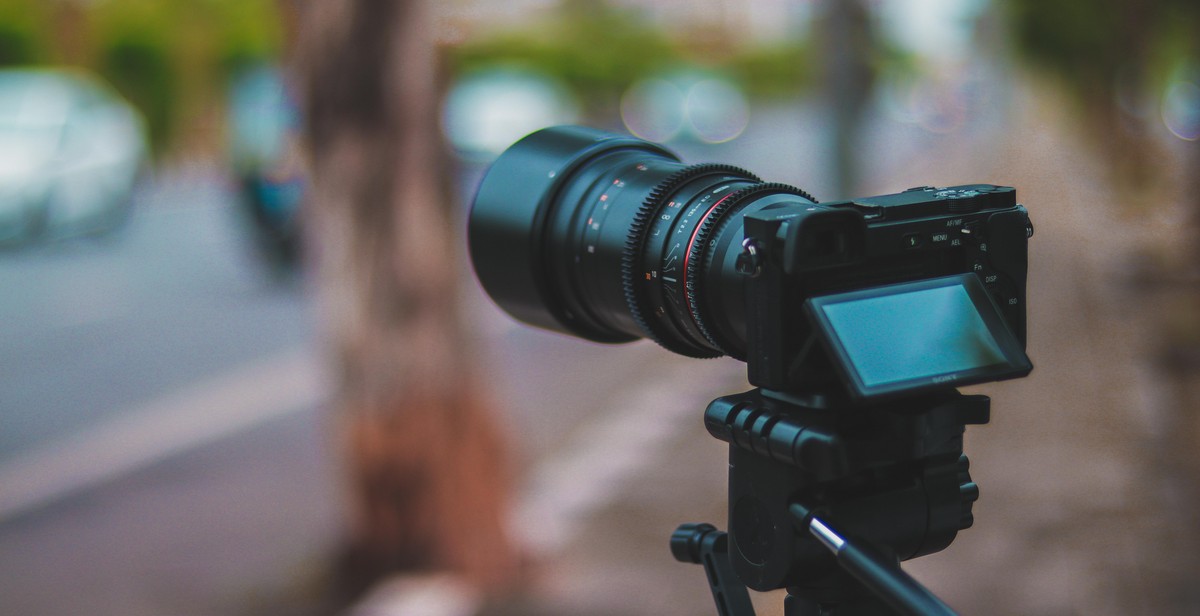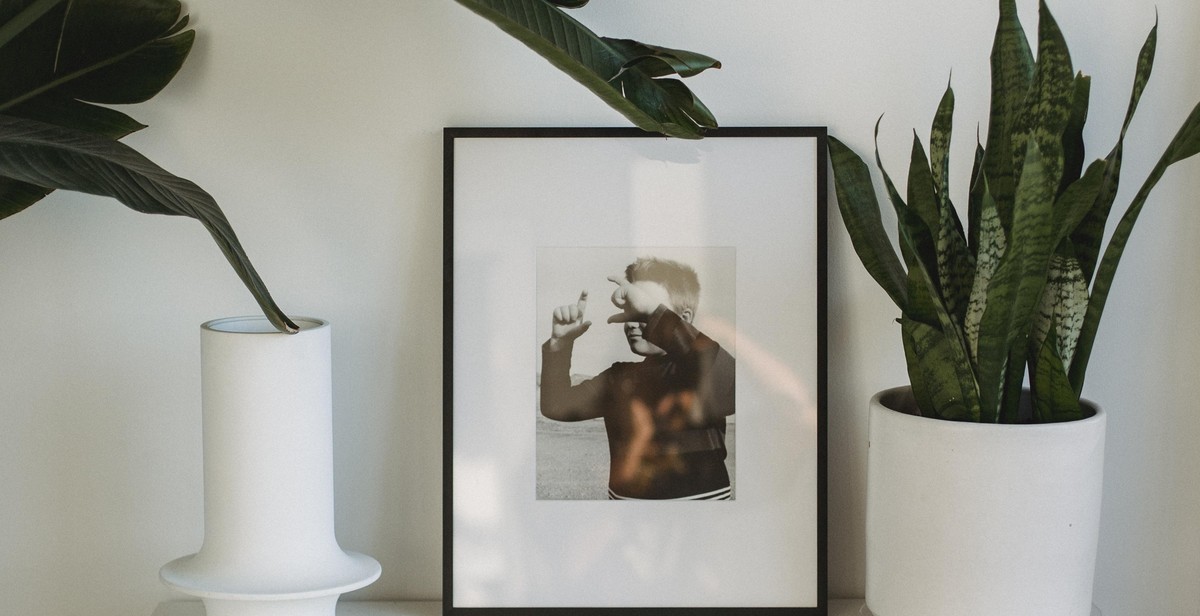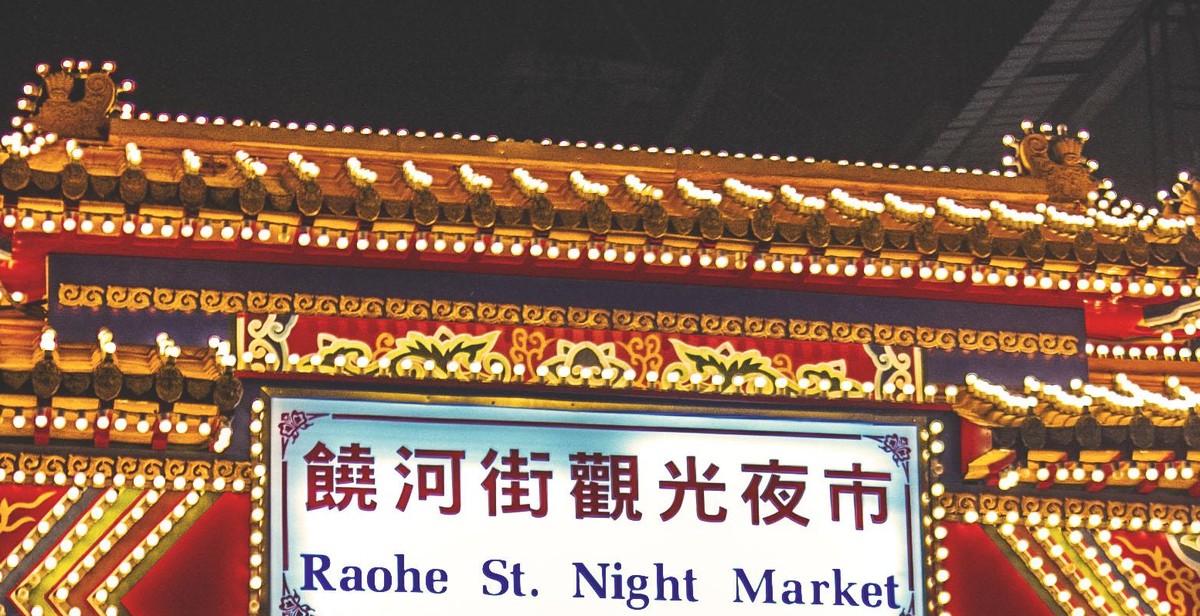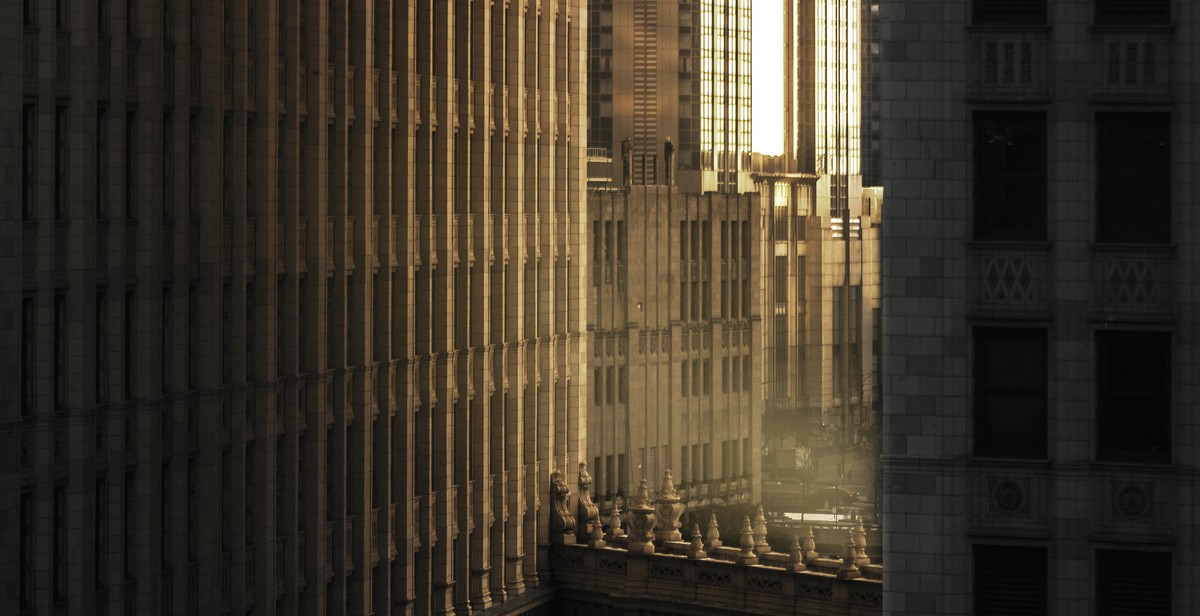Introduction
Street photography is a genre of photography that captures everyday life in urban environments. It is a form of documentary photography that aims to capture candid moments, often without the subject’s knowledge, to create a visual story of the streets and the people who inhabit them. Street photography can be challenging but rewarding, as it requires a keen eye for detail, a sense of timing, and the ability to capture the essence of a scene in a split second.
What is Street Photography?
Street photography is a type of photography that captures candid moments of everyday life in public spaces such as streets, parks, and markets. It is a form of documentary photography that aims to tell a story about the people and places of a particular city or urban environment. Street photographers often work without permission or posed subjects, preferring instead to capture the natural and unfiltered moments that occur on the streets.
Street photography has been around since the early days of photography, but it gained popularity in the 20th century with the rise of photojournalism and the work of photographers like Henri Cartier-Bresson, Robert Frank, and Garry Winogrand. Today, street photography continues to be a popular genre of photography, with photographers around the world capturing the diverse and ever-changing urban environments in which we live.
The Challenges of Street Photography
Street photography can be challenging for several reasons. Firstly, it requires photographers to be quick and agile, as the best moments often happen in a split second. Secondly, it can be difficult to capture candid moments without drawing attention to oneself or making the subject feel uncomfortable. Finally, street photography can be unpredictable, with lighting, weather, and crowds all affecting the outcome of a shot. Despite these challenges, street photography can be a rewarding and exciting form of photography, allowing photographers to capture the beauty and complexity of everyday life in urban environments.

Equipment for Street Photography
Street photography is all about capturing moments as they happen in the hustle and bustle of urban life. To capture stunning street photos, you need the right equipment that helps you focus on your subject and deliver high-quality images. Here are some essential equipment for street photography:
Camera
Choosing the right camera for street photography is essential. You want a camera that is compact, lightweight, and discreet. A mirrorless camera or a compact point-and-shoot camera is a good option for street photography. They are easy to carry and do not draw too much attention to you. However, if you prefer a DSLR, choose a smaller and lighter model that is easy to handle.
Lens
The lens you choose for street photography will depend on your style and preferences. A prime lens with a focal length of 35mm or 50mm is a popular choice for street photography. These lenses are compact, fast, and produce sharp images with a shallow depth of field. A wide-angle lens can also be useful for capturing the broader scene and adding context to your images.
Tripod or Monopod
A tripod or monopod can be handy for street photography, especially if you want to capture long exposures or shoot in low light conditions. A monopod is more portable and quicker to set up, while a tripod provides more stability. However, carrying a tripod around can be cumbersome, so choose a lightweight and compact model that is easy to carry.
| Equipment | Features |
|---|---|
| Camera | Compact, lightweight, and discreet |
| Lens | Prime lens with a focal length of 35mm or 50mm, or a wide-angle lens |
| Tripod or Monopod | Portable, lightweight, and easy to carry |

Composition Techniques for Street Photography
Street photography is all about capturing the essence of life in urban environments. To create compelling street photographs, you need to master the art of composition. Here are some composition techniques that can help you create stunning street photographs:
Rule of Thirds
The rule of thirds is a basic composition principle that can help you create balanced and visually appealing images. Imagine dividing your frame into a grid of nine equal parts by drawing two horizontal and two vertical lines. The points where the lines intersect are called the points of interest. Placing your subject on one of these points can create a more dynamic and interesting composition.
Leading Lines
Leading lines are lines that guide the viewer’s eye through the image. They can be found in many urban environments, such as roads, buildings, and bridges. Using leading lines can help you create a sense of depth and draw the viewer’s attention to the subject.
Symmetry and Patterns
Symmetry and patterns can create a sense of order and balance in your images. Look for repeating shapes, colors, or patterns in your environment and use them to create visually interesting compositions.
Foreground and Background
Foreground and background elements can add depth and context to your images. Including a foreground element can create a sense of depth and lead the viewer’s eye into the image. Similarly, including a background element can provide context and tell a story about the environment and the subject.
By mastering these composition techniques, you can create compelling street photographs that capture the essence of life in urban environments.

Lighting for Street Photography
Lighting is a critical element when it comes to street photography. It can make or break a shot, and understanding how to work with different lighting conditions can help you capture stunning images.
Golden Hour
The golden hour, also known as the magic hour, is the period shortly after sunrise or before sunset when the sun is low in the sky and creates a warm, golden light. This type of lighting is ideal for street photography because it adds a warm glow to your images and creates long shadows, which can add depth and dimension to your photos. To take advantage of the golden hour, plan your shoot around the time of day when the sun is low in the sky.
Artificial Light
Street photography often takes place at night, and artificial light sources can create interesting and dramatic effects. Experiment with different types of artificial light, such as street lamps, neon signs, and car headlights, to add depth and mood to your images. Be aware of the color temperature of the light source, as it can affect the overall tone of your photos.
Shadows and Contrast
Shadows and contrast can add drama and interest to your street photography. Use shadows to create depth and dimension in your images, and play with contrast to create a striking effect. Experiment with high-contrast black and white photography to create a bold and powerful look.
| Lighting Tips for Street Photography |
|---|
| Plan your shoot around the golden hour to take advantage of warm, golden light. |
| Experiment with different types of artificial light sources to create interesting effects. |
| Use shadows and contrast to add drama and interest to your images. |

Tips for Shooting Street Photography
Street photography is an art of capturing candid moments of everyday life in urban environments. It requires a keen eye, quick reflexes, and a good understanding of your surroundings. Here are some tips to help you capture the best street photography:
Stay Alert and Aware
When shooting street photography, you need to be aware of your surroundings at all times. Stay alert to what’s going on around you, and be ready to capture the moment when it happens. Keep your camera in your hand or close by, so you can quickly take the shot without missing the moment.
Be Respectful
When capturing street photography, it’s important to be respectful of the people around you. Don’t invade their personal space or make them feel uncomfortable. It’s important to ask for permission before taking someone’s photo, especially if they are the main subject of your shot.
Be Patient
Patience is key when it comes to capturing street photography. You may have to wait for the right moment to capture the perfect shot. Don’t rush the process, take your time, and wait for the right moment to present itself.
Shoot from the Hip
Shooting from the hip is a great technique for capturing candid moments. It allows you to take pictures without drawing attention to yourself, which can result in more natural and authentic shots. It’s also a great way to capture shots from unique angles.
| 1. | Shoot in RAW format for better editing capabilities. |
| 2. | Use a fast shutter speed to freeze motion. |
| 3. | Experiment with different angles and perspectives. |
| 4. | Pay attention to the lighting and shadows. |

Editing and Post-Processing
After capturing your street photography shots, the next step is to organize, choose the best shots, and edit your photos. Through editing, you can enhance your photos, make them more appealing, and showcase the story you want to convey.
Organize Your Photos
Organizing your photos is an essential step in the editing process. You can use different tools and software, such as Adobe Lightroom or Capture One, to import and organize your photos. You can sort them into different folders, add keywords, and ratings to help you quickly find the photos you want to edit.
Choose Your Best Shots
After organizing your photos, the next step is to choose your best shots. You can use the rating system in your editing software to select the best photos. Look for images that tell a story, have great composition, and evoke emotions. Remember, quality is better than quantity, so choose only the best shots.
Edit Your Photos
Editing your photos is where you can bring out the best in your shots. You can adjust the exposure, contrast, and colors to create a mood or atmosphere that suits your vision. You can also crop your photos to improve the composition and remove any distractions. Be careful not to overdo it, though, as it can make your photos look unnatural.
Lastly, consider converting your photos to black and white to create a classic and timeless look. Black and white photos are great for street photography, as they can add drama and mood to your shots.
Overall, editing and post-processing are essential steps in street photography. By organizing your photos, choosing your best shots, and editing them, you can create stunning and impactful images that tell a story and capture the essence of urban life.

Conclusion
Street photography is a unique and fascinating genre that captures the essence of urban life. It’s a powerful medium that allows us to document the world around us and tell stories through our images.
Whether you’re a seasoned professional or just starting out, there are a few key things to keep in mind when capturing street photography. First and foremost, always be respectful of your subjects, and don’t invade their personal space or privacy. Secondly, be patient and observant – sometimes the best shots come when you least expect them. And finally, don’t be afraid to experiment and try new techniques – this is what makes street photography so exciting and unpredictable!
By following these tips and techniques, you can capture stunning street photographs that truly capture the essence of urban life. So get out there, explore your city, and start capturing the world around you!
- Remember to always be respectful of your subjects.
- Be patient and observant – sometimes the best shots come when you least expect them.
- Don’t be afraid to experiment and try new techniques.
With these tips in mind, you can become a master at capturing the unique beauty of street photography. So grab your camera, hit the streets, and start documenting the world around you!
